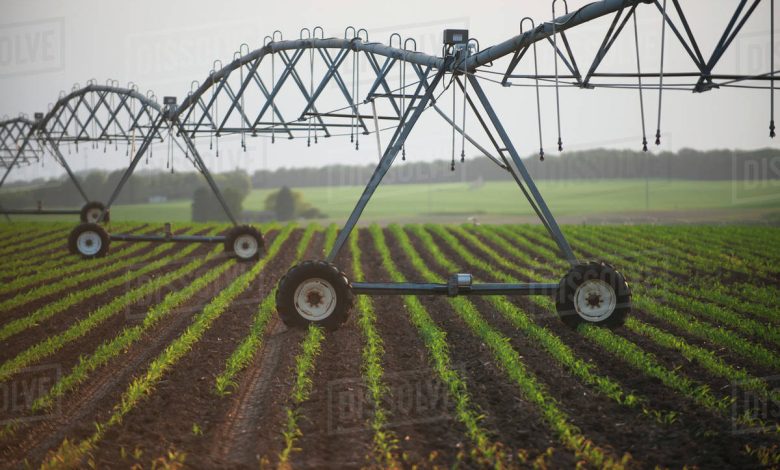Open letter to the minister of Agriculture

While efforts by your ministry to promote the adoption of irrigation through pilot irrigation schemes and micro irrigation projects are commendable, a cursory audit of the majority of these projects shows little success in terms of project sustainability and the multiplier effect on the target communities.
You will notice that wherever they have been piloted, irrigation adoption constraints endure among the community outside the direct project beneficiaries.
This is because project designs are primarily supply-driven, rouse little sense of farmer ownership and deploy non-innovative mechanisms for harnessing the abundant, but differentially accessible factors of production.
I am proposing a model that takes cognizance of the fact that although land, labour, capital, and – in the context of modern agriculture – technology, abound in our country, entrepreneurial efforts to leverage them for commercial agriculture are usually invalidated by differential access to the same.
This explains the large tracts of unused/underutilised land which should otherwise be under commercial production; masses of idle youth who would otherwise provide abundant farm labour; sizeable numbers of capitalists prioritizing commerce and other consumptive trades who would otherwise invest in lucrative agricultural production, and hundreds of unemployed agriculture graduates who should otherwise be applying their expertise in modern agriculture.
The model combines these differentially accessible factors, particularly for high-value crop production. It brings together key actors, including irrigation companies, farmer groups of women preferably, as the primary “beneficiaries”, and agronomists in a production partnership.
Each partner contributes a material or human resource for the duration it takes each to recover the monetary equivalent of their respective contribution. The irrigation company, preferably liability-guaranteed by the government contributes an irrigation system, beneficiary farmers provide land and labour for production, and an agronomist is assigned to work with the beneficiaries to direct the production process, applying their knowledge for the guaranteed success of the enterprise.
The understanding is that upon product harvest, every partner is entitled to a share of revenue towards recovering the cost equivalent of their input. This will be proportioned based on an agreed product harvest curve, skewed to favour the irrigation company to ensure that it is able to recover the monetary equivalent of its irrigation system and exit in the shortest time possible while leaving enough to remunerate the agronomist and reasonably compensate the beneficiaries (some percentage of which will be retained as ‘savings’).
The revenue sharing ratio curve will keep reversing in the beneficiaries’ favour with subsequent production cycles as the monetary equivalent owed to the company reduces.
While this model has attendant risks, prospective benefits and incentives for partners far outweigh them. For instance, the irrigation company will relish the opportunity to broaden the market for its products while the agronomist will not only look forward to earning but will also be motivated to ensure production success as remuneration depends on it. For the beneficiaries, the expectation of eventually inheriting the irrigation system is a sufficient motivation to offer land and provide labour.
But how will the project achieve sustainability? Inheriting the irrigation system ensures that the beneficiaries will be able to continue irrigated agriculture while the ‘saved’ finances will provide the beneficiaries with the capitalisation required to meet the operational costs and continue production after the project end.
Beneficiaries will also gain expertise in irrigation and agronomy by working alongside the agronomist and irrigation expert, sufficient to independently continue production. The multiplier effect is also guaranteed. Upon gaining production expertise and experience, the beneficiary groups will after every season, split in half to replicate the model until individuals are capitalized enough to go solo.
Finally, honourable minister, it is my considered opinion that this model can accelerate irrigation adoption, and I offer to provide a detailed proposal for your Ministry’s consideration. At the very least, it provides an idea that we can build on, as we promote irrigation development in our country.







